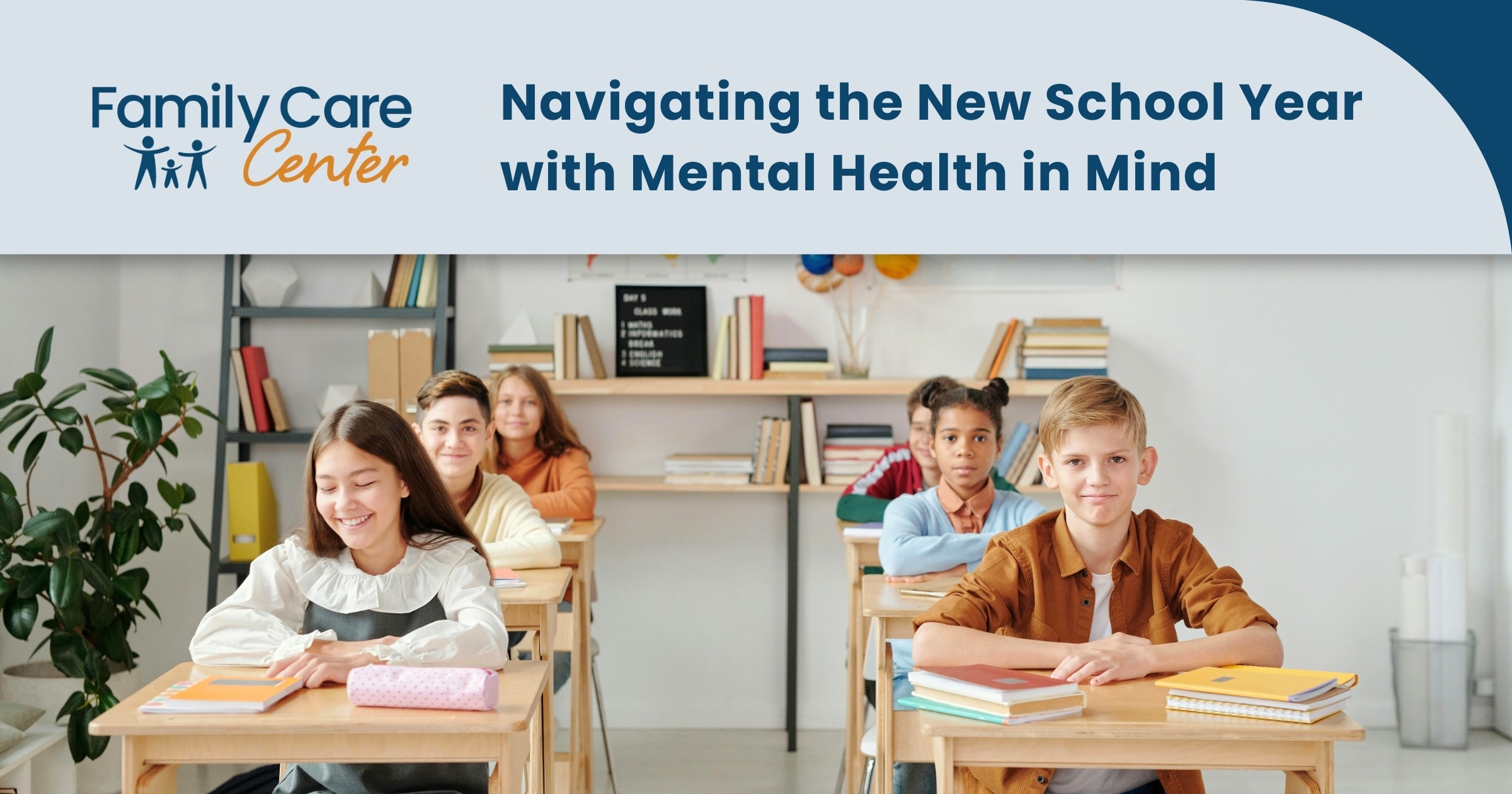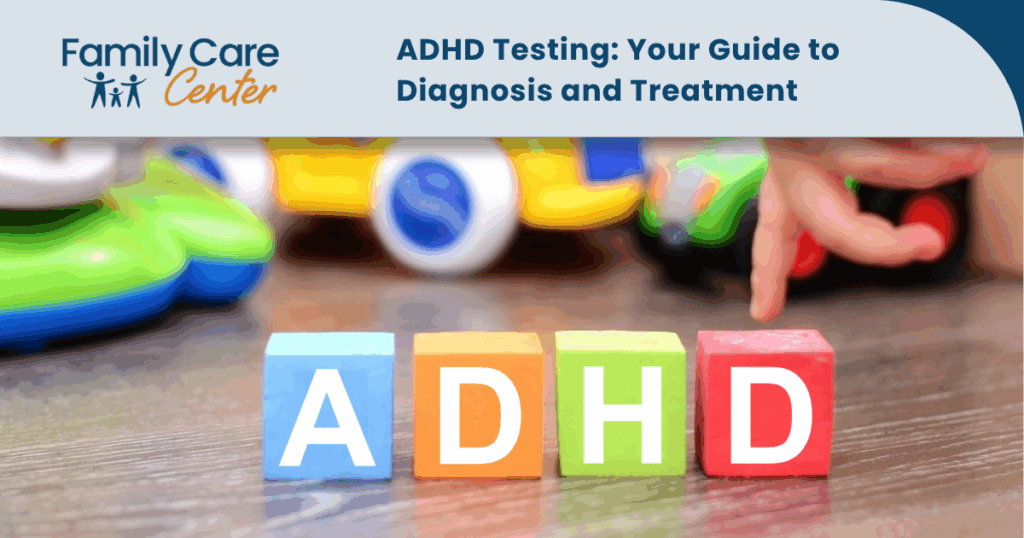When gearing up for a new school year, it’s crucial to remember that one of the most important “school supplies” is often overlooked: access to mental health resources. These resources are essential for setting students up for success, helping them navigate challenges and seize opportunities for personal and academic growth.
By addressing mental health proactively, we can create an environment where students and educators feel supported, resilient and ready to tackle the year ahead with confidence and clarity.
Why is mental health important for students?
The start of a new school year is a time of excitement and potential. Still, it can also be a period of significant stress and anxiety for students. Academic pressures, social dynamics and the transition to new routines can take a toll on mental health. By prioritizing students’ mental health resources, we can create a supportive environment where students thrive.
The link between students’ mental health and academic success
The connection between students’ mental health and academic performance is robust and well-documented. Students with emotional and behavioral disorders face significant challenges, with the worst graduation rates among all students with disabilities.
Nationally, only 40 percent of students with emotional, behavioral and mental health disorders graduate from high school, compared to the national average of 76 percent; 1 and over 50% of students with emotional and behavioral disabilities ages 14 and older drop out of high school. These statistics highlight the critical need for accessible mental health resources to support students’ academic success.
Supporting the well-being of educators and staff
According to the CDC, 73% of K–12 teachers and 85% of principals reported frequent job-related stress—about twice as high as the average across all work sectors. 2 Compared to other working adults, teachers and principals were also more likely to report burnout and symptoms of depression, and less likely to report feeling resilient.
The situation is even more pronounced for educators of color. Hispanic and Latine/Latinx teachers report higher levels of depression compared to their White peers, highlighting the unique challenges they face.
To combat these issues, districts and schools should proactively integrate mindfulness practices and therapeutic resources, ensuring that teachers and staff have the necessary support to manage their stress and maintain their mental health.
The role of educators in student mental health
Schools are crucial partners in supporting student mental health. Here are some ways educators can help:
- Identify early warning signs: It’s essential for teachers to undergo regular training to spot early signs of mental health issues in students. This knowledge allows them to respond appropriately and ensure students get the support they need.
- Cultivate Supportive Spaces: Every child should have access to a school environment that supports their emotional well-being. Schools can foster this by setting up safe, caring areas where students feel comfortable reaching out for mental health support.
- Integrate mental health into the curriculum: Incorporating mental health education into the curriculum is a powerful strategy to reduce the prejudice and discrimination associated with mental health and substance use conditions. This promotes understanding and empathy, fostering a supportive environment for all students.
Supporting families through guidance and mental health resources
Family members are the cornerstone of a child’s support system. We offer guidance and resources to help parents and guardians understand and address students’ mental health. By working together, we can create a network of support that extends from the classroom to the home.
Check out these mental health resources for students, parents, teachers and other support systems.
- Child and Adolescent Mental Health Concerns: Signs and Symptoms — a comprehensive guide from the National Institute of Mental Health. Use this resource for a better understanding of mental health symptoms and substance use disorders in children and youth.
- Back to School Resources for Success — a collection of resources from the CDC for children, parents and educators on ensuring a safe return to school by caring for both body and mind.
- StopBullying.Gov — parents, school staff and other adults in the community can help kids prevent bullying by talking about it, building a safe school environment, and creating a community-wide bullying prevention strategy.
- 988 Suicide & Crisis Lifeline — If you or someone you know needs support now, you can contact the 988 Suicide and Crisis Lifeline. Simply call or text 988 or chat 988lifeline.org.
How Family Care Center supports students and schools
At Family Care Center, we understand the profound impact of mental health support on a student’s academic journey and overall well-being. That’s why we’re dedicated to helping students and schools by providing the mental health resources and services they need. From individual counseling to psychiatric care, we ensure every student has the tools to thrive.
Here’s how we make a difference:
- Access: We offer fast appointment availability at convenient, neighborhood-based locations to fit students’ schedules. By accepting most insurance plans, we strive to make mental health services accessible to all.
Learn more about our children and teens’ mental health services.
- Multidisciplinary, Integrated Care: Our team provides age-appropriate, evidence-based therapy and medication management for all ages. Our mental health professionals include talk and play therapists, psychologists, child/adolescent psychiatrists and PAs who deliver compassionate, evidence-based behavioral care across a broad range of mental health conditions.
Learn more about the mental health conditions we treat.
- Collaboration and Local Relationships: At Family Care Center, collaboration with schools and referring providers is a cornerstone of our practice. So, we work closely with educators, school counselors and healthcare professionals to ensure our patients receive comprehensive and coordinated care. By sharing essential information and insights, such as treatment progress and medication management, we streamline the care process and enhance the overall patient experience.
Learn more about our community and school partnerships.
As we embark on the 2024-2025 school year, remember that students’ mental health is a critical component of educational success. By ensuring that students have access to the mental health resources they need, we can help them navigate the challenges of the school year and beyond. Let’s make mental health a priority and ensure that every student has the opportunity to succeed academically and emotionally.
1U.S. Department of Education, Twenty-third annual report to Congress on the implementation of the Individuals with Disabilities Education Act, Washington, D.C., 2001.
2 Steiner, E. D., Doan, S., Woo, A., Gittens, A. D., Lawrence, R. A., Berdie, L., . . . Schwartz, H. L. (2022). Restoring teacher and principal well-being is an essential step for rebuilding schools: Findings from the State of the American Teacher and State of the American Principal Surveys. Santa Monica, CA: RAND Corporation.
Photo by Max Fischer of Pexels.





